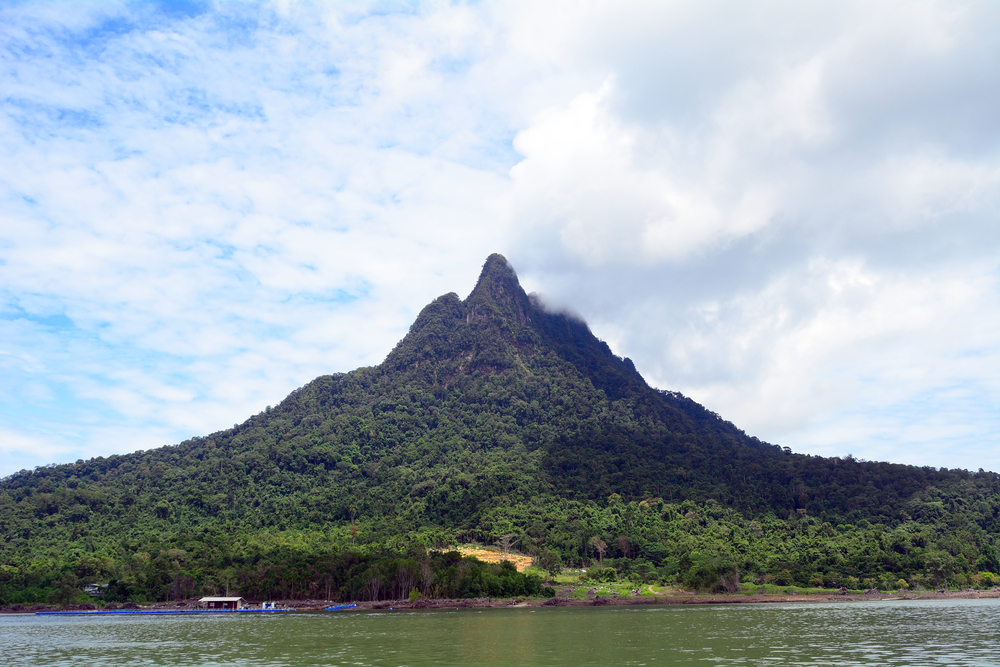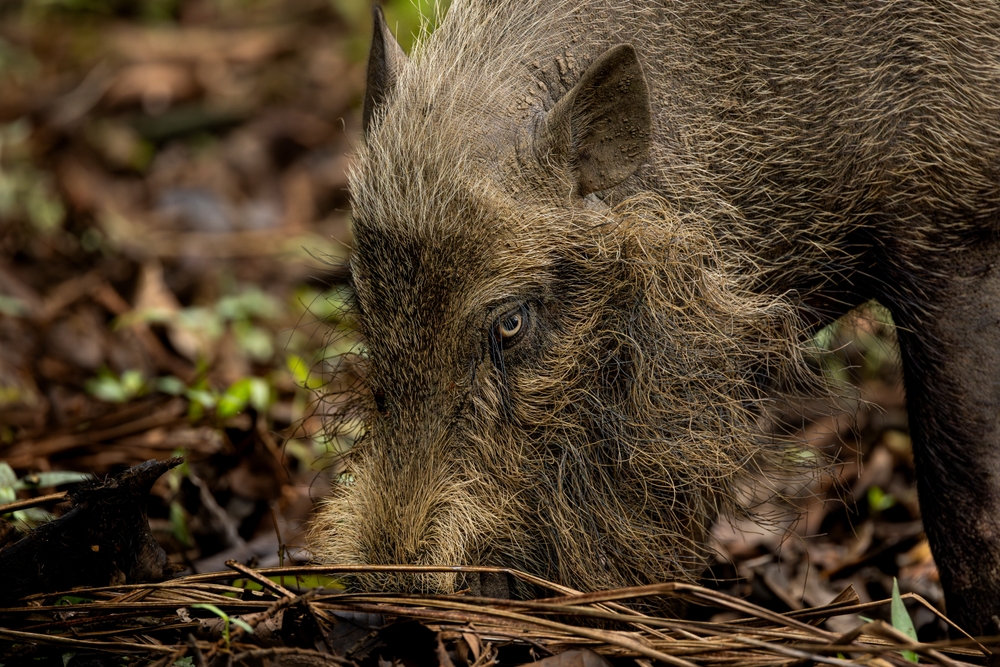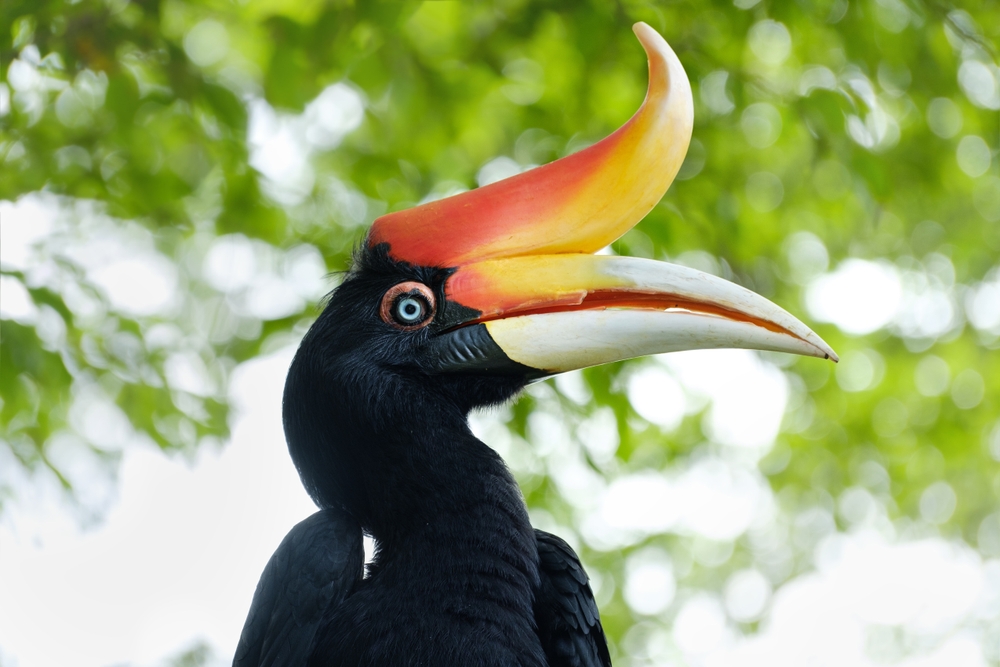Lambir Hills Overview
Lambir Hills National Park, known locally as Taman Negara Bukit Lambir, is a compact yet biodiverse gem located in the Malaysian state of Sarawak on the island of Borneo. Spanning approximately 27 square miles (69 square kilometers), it is situated about 18 miles (30 kilometers) south of the coastal city of Miri.
This park is celebrated for its dense and verdant rainforest, which is part of the Sundaland biodiversity hotspot, one of the most ecologically rich regions on Earth. The terrain of Lambir Hills National Park is characterized by rolling hills, steep slopes, and small sandstone escarpments, giving the park a rugged and enchanting appearance. The park’s elevation varies, with its highest point being Bukit Lambir, which rises to 1,792 feet (546 meters).
Numerous streams and waterfalls, such as the Latak Waterfall, cascade through the forest, creating idyllic swimming spots and adding to the park’s allure. The vegetation is extraordinarily diverse, with the park being home to over 1,100 tree species, including towering dipterocarps, which dominate the forest canopy. The rich undergrowth includes ferns, orchids, and other flora that thrive in the humid environment.
Wildlife enthusiasts will find Lambir Hills National Park a haven for observing Borneo’s unique fauna. The park hosts an array of mammals, such as gibbons, long-tailed macaques, and flying squirrels, which often delight visitors with their appearances. The forest is also home to elusive species like clouded leopards and sun bears, although these are rarely spotted.
Birdwatchers will be captivated by the park’s avian population, which includes hornbills, pittas, and broadbills. The diversity of bird species reflects the health and vibrancy of this rainforest ecosystem. Additionally, colorful butterflies and other insects abound, making every trail an opportunity for discovery.
One of the park’s most popular features is the extensive network of well-maintained trails, which allow visitors to immerse themselves in the forest’s beauty. The Latak Waterfall trail is a favorite, leading to a picturesque cascade with a natural swimming pool. The Summit Trail, though more challenging, rewards hikers with panoramic views from the park’s highest point. Visitors can also explore the Tree Tower, a structure that offers a bird’s-eye view of the forest canopy, allowing for unique wildlife-spotting opportunities.
Lambir Hills National Park is not without its conservation challenges. Logging and agricultural expansion in the surrounding areas have historically threatened its biodiversity. However, the Malaysian government and conservation organizations have implemented measures to protect the park, including establishing buffer zones and promoting sustainable tourism. These efforts have seen successes, as the park remains a thriving example of Borneo’s rainforest ecosystem. Conservation education and research activities in the park further underscore its importance as a hub for ecological studies.
Visitors to Lambir Hills National Park can engage with its wonders through hiking, wildlife observation, photography, and simply enjoying the tranquility of one of Borneo’s most accessible rainforests. Its extraordinary biodiversity, scenic landscapes, and immersive experiences make it a must-visit destination for nature lovers and adventure seekers alike.

















































































